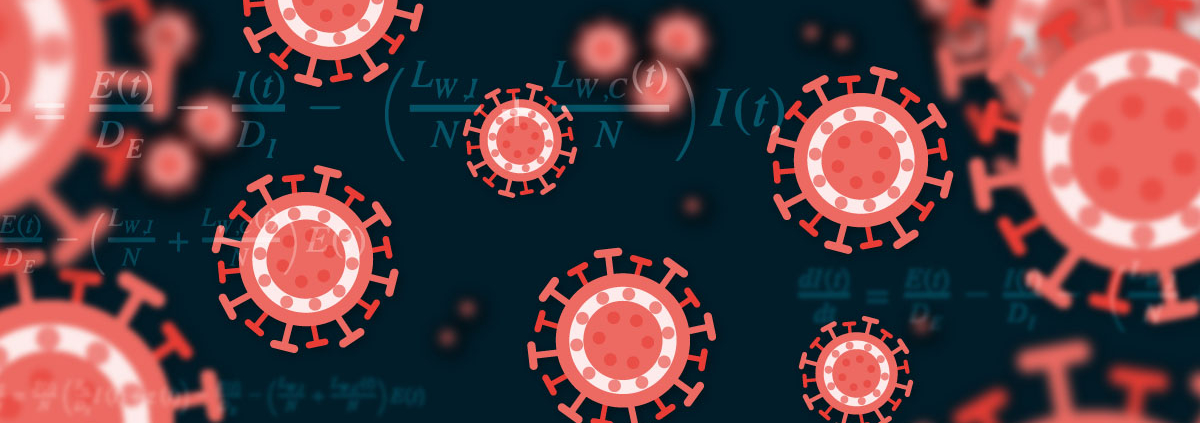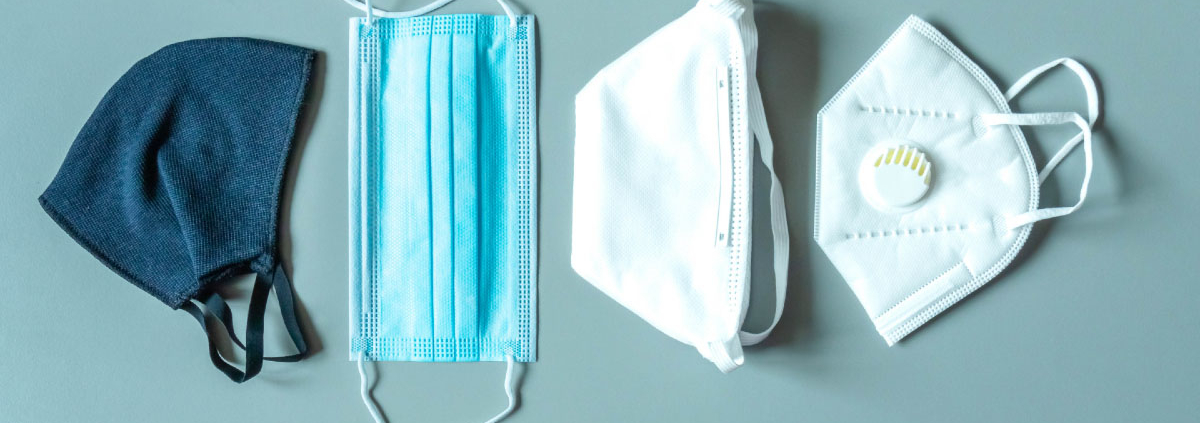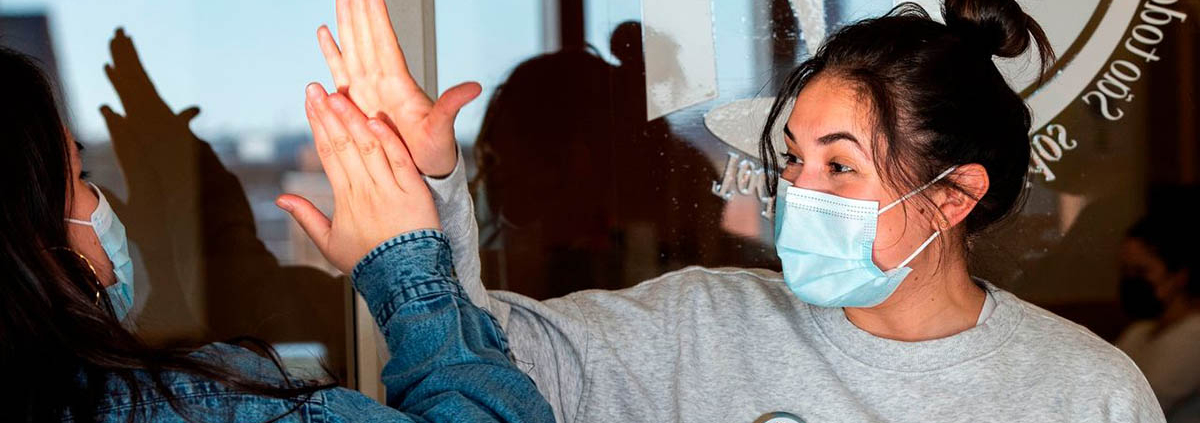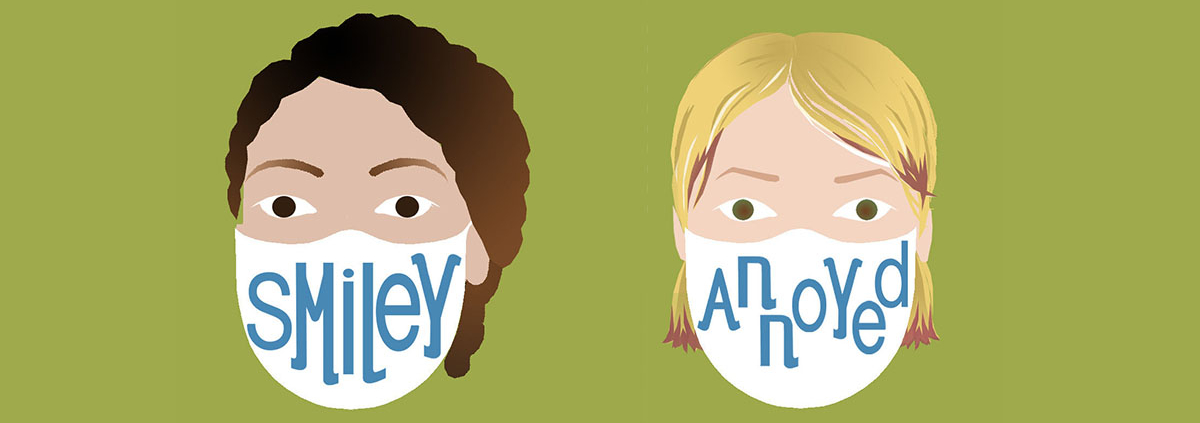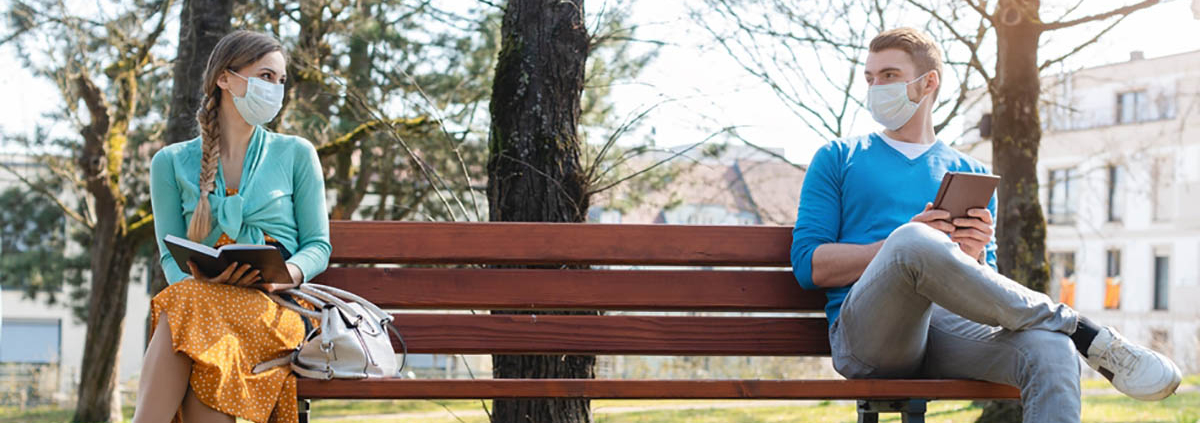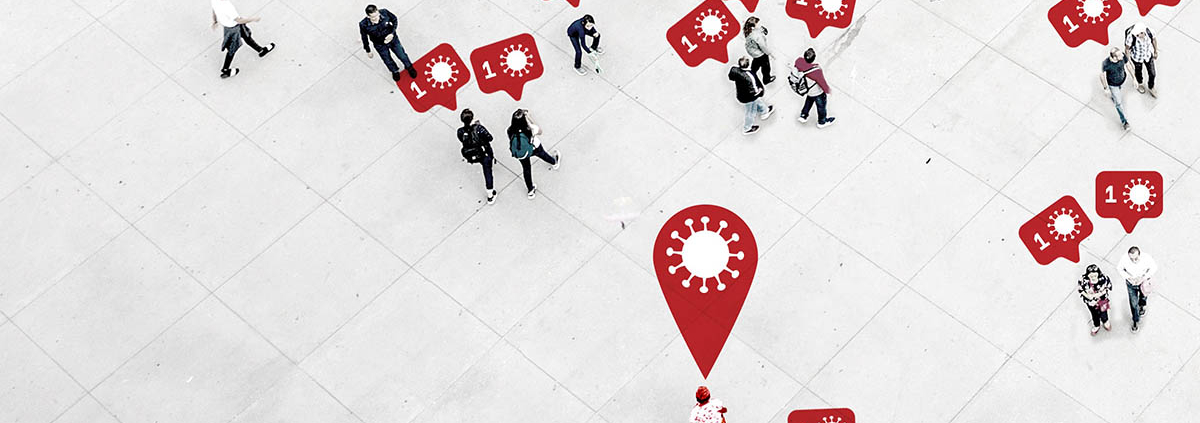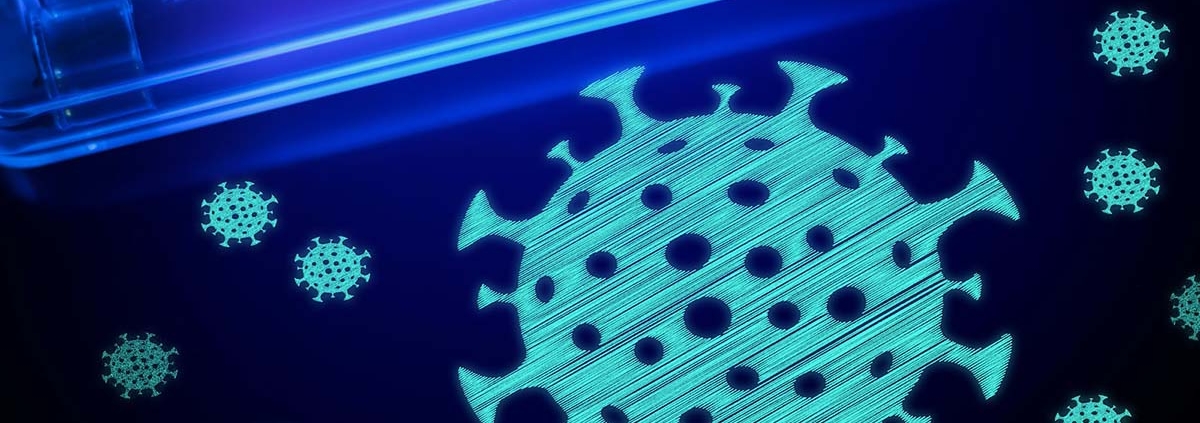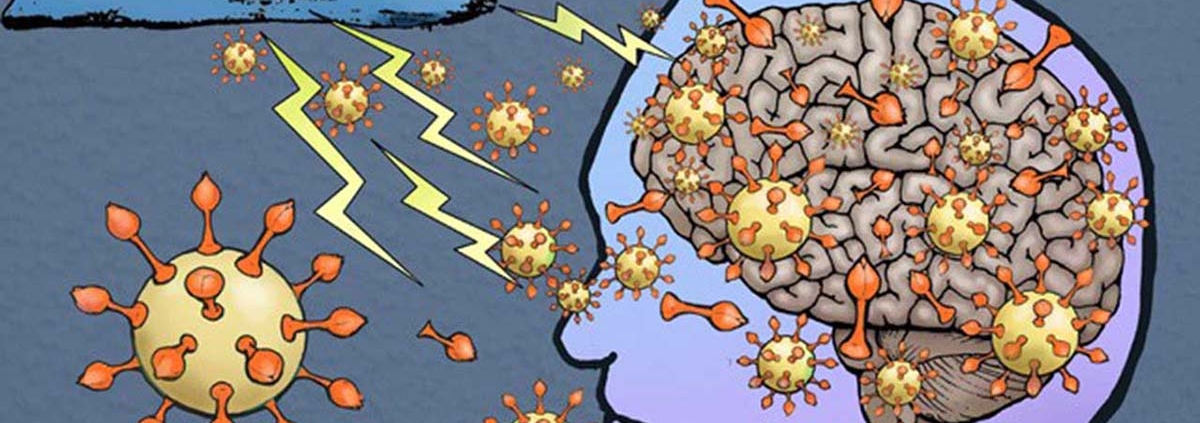A mathematical model that can help project the contagiousness and spread of infectious diseases like the seasonal flu may not be the best way to predict the continuing spread of the novel coronavirus, especially during lockdowns that alter the normal mix of the population, researchers report.
Called the R-naught, or basic reproductive number, the model predicts the average number of susceptible people who will be infected by one infectious person. It’s calculated using three main factors — the infectious period of the disease, how the disease spreads and how many people an infected individual will likely come into contact with.
Historically, if the R-naught is larger than one, infections can become rampant and an epidemic or more widespread pandemic is likely. The COVID-19 pandemic had an early R-naught between two and three.
In a letter published in Infection Control & Hospital Epidemiology.
Release date: 21 December 2020
Source: Medical College of Georgia at Augusta University

